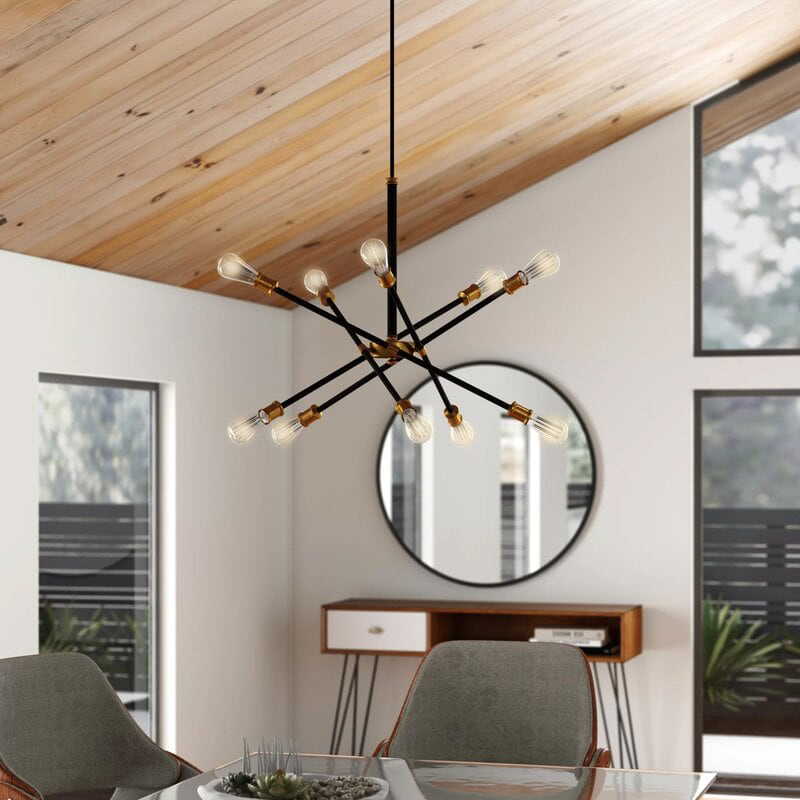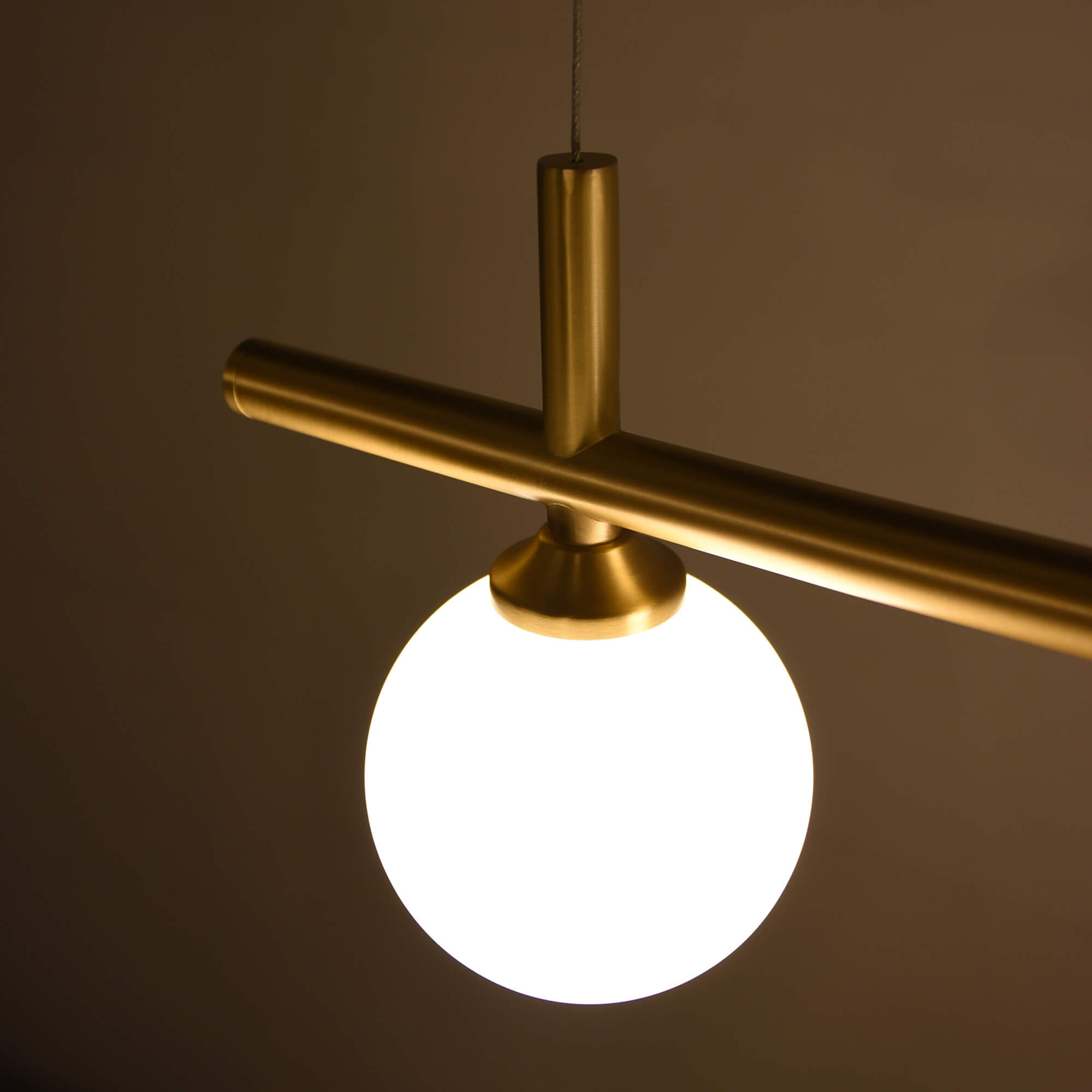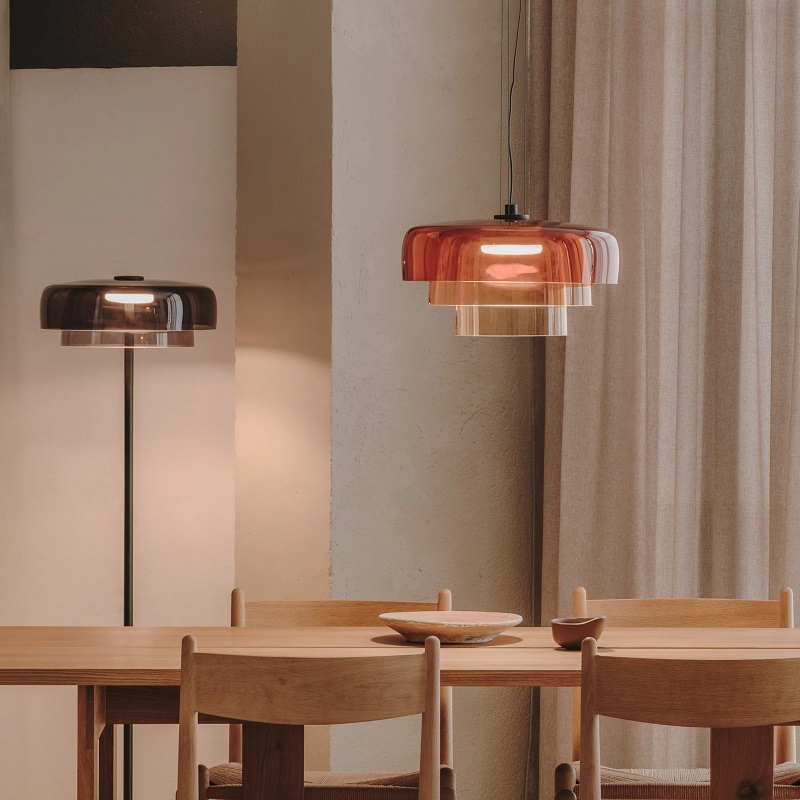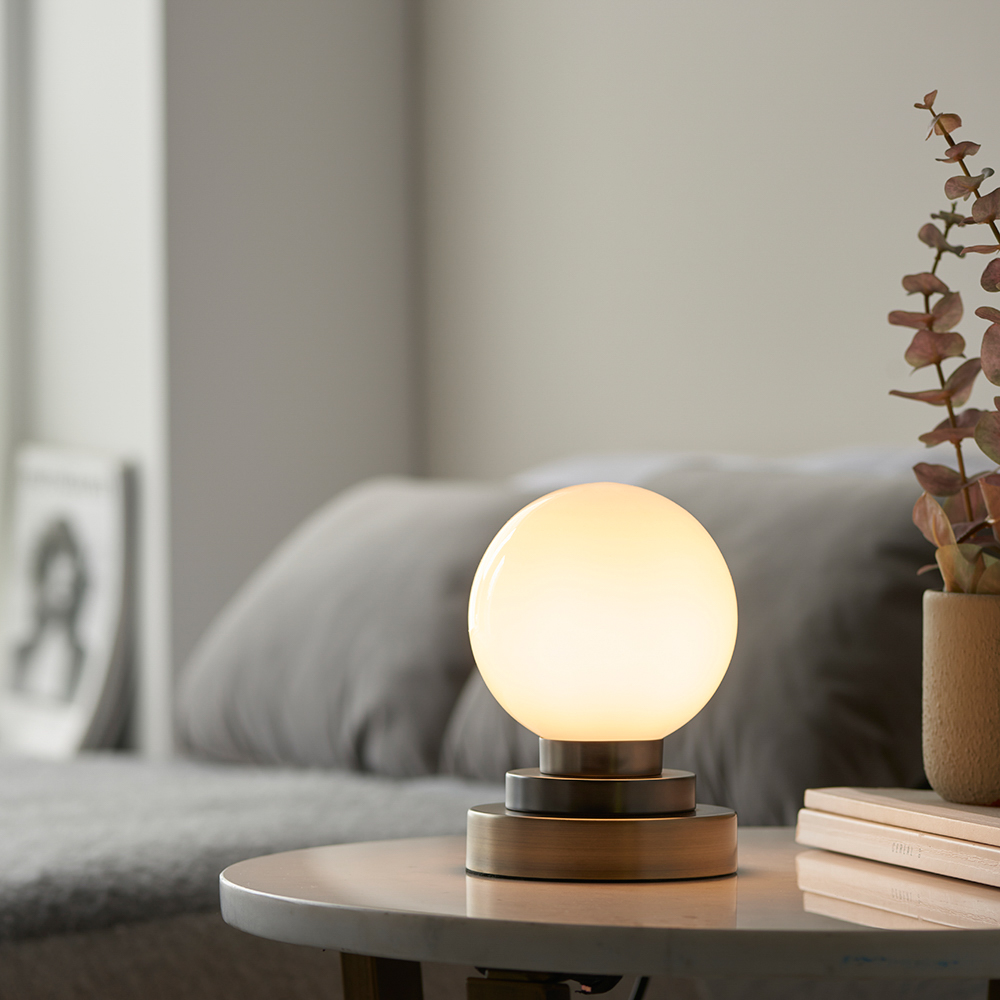The History of Danish Design
Denmark has a rich tradition of design, particularly in the area of furniture design. Danish design emerged in the mid-20th century, as a response to the post-war demand for practical and functional objects. Designers such as Arne Jacobsen, Hans J. Wegner, and Finn Juhl were at the forefront of this movement, creating sleek and minimalist designs that emphasized both form and function.
Over time, Danish design has evolved to encompass a wide range of disciplines, including architecture, clothing, and graphic design. Danish lighting designers, in particular, have gained international recognition for their unique and innovative approach to lighting.
The Rise of Danish Lighting Designers
Danish lighting design emerged in the 1960s, with designers such as Poul Henningsen and Verner Panton leading the way. Henningsen’s PH lamp, which featured multiple shades to diffuse light, quickly became an icon of Danish design.
Since then, Danish lighting designers have continued to push the boundaries of what is possible with light. Contemporary designers such as Louis Poulsen and Gubi have embraced new technologies and materials to create lighting that is not only functional but also visually stunning.
One of the defining features of Danish lighting design is its emphasis on form and function. Rather than simply illuminating a space, Danish lighting designs often serve multiple purposes, acting as both a source of light and a work of art.
The Importance of Sustainability in Danish Lighting Design
Danish designers are known for their commitment to sustainability, and this is particularly true in the area of lighting design. Many Danish lighting designers prioritize energy efficiency and use eco-friendly materials wherever possible.
For example, Danish lighting company Louis Poulsen has a comprehensive sustainability program that includes recycling initiatives, green energy usage, and eco-friendly packaging. Additionally, many Danish lighting designs are built to last, reducing the need for frequent replacements and disposals.
The Future of Danish Lighting Design
As new technologies and materials emerge, Danish lighting designers are poised to continue pushing the boundaries of what is possible. LED lighting, in particular, has opened up new opportunities for designers to create lighting that is energy-efficient, customizable, and visually stunning.
At the same time, Danish designers are also turning their attention to the intersection of lighting and technology. Smart lighting systems that can be controlled remotely or customized to a person’s individual preferences are becoming increasingly popular, and Danish lighting designers are at the forefront of this trend.
Danish lighting design represents a unique and innovative approach to lighting that is both functional and visually stunning. From the iconic designs of the 1960s to the sustainable and technologically-advanced designs of today, Danish lighting designers continue to push the boundaries of what is possible with light.
As we look to the future, it is clear that Danish designers will continue to play a leading role in shaping the way we think about lighting, and we can expect to see even more exciting and innovative designs emerge in the years to come.




